



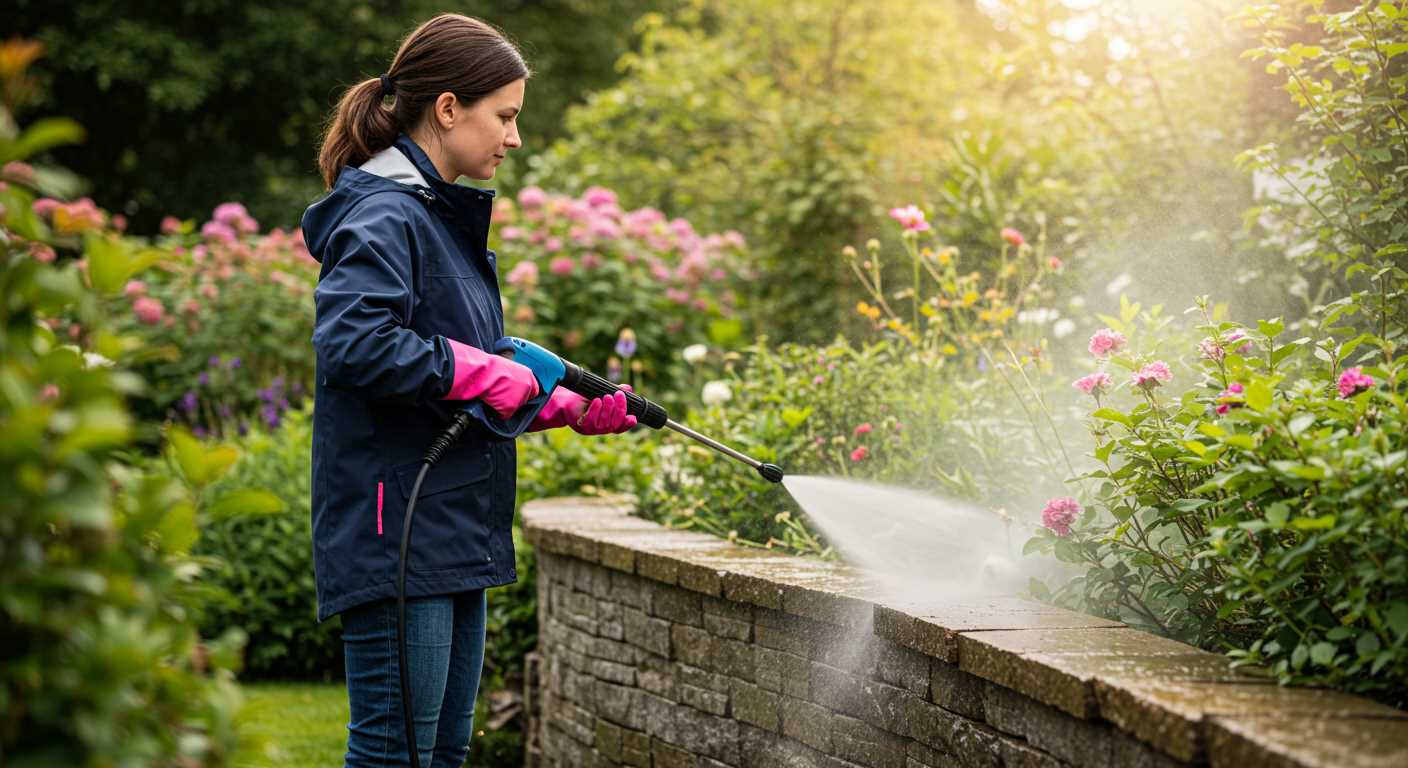
For optimal performance, a diameter of 1/4 inch is generally recommended for most domestic cleaning applications. This size strikes a balance between pressure and flow rate, ensuring that the water effectively removes dirt and grime without compromising the equipment’s functionality.
In my extensive experience with various models, I’ve found that opting for a wider diameter, such as 3/8 inch, can be beneficial for commercial-grade machines. These units often require higher flow rates for heavy-duty tasks, making the larger diameter more suitable for tackling stubborn stains and larger surface areas.
It’s also crucial to consider the length of the line. A longer length can lead to a drop in pressure, so if you’re working with a longer run, ensure you compensate with the right diameter. During my time testing different setups, I noticed that even slight adjustments in diameter could significantly impact performance. For instance, using a 1/4 inch line over 50 feet compared to a 3/8 inch line revealed a marked difference in pressure at the nozzle, demonstrating the importance of matching the diameter to your specific needs.
Always check the specifications of your equipment. Manufacturers often provide guidelines on compatible sizes, which can help you avoid any mismatches. Remember, the right choice not only enhances efficiency but also extends the lifespan of your equipment, saving you time and money in the long run.
Recommended Diameter for High-Pressure Cleaning Equipment
For optimal performance, a diameter of 1/4 inch to 3/8 inch is ideal for most high-pressure cleaning setups. The choice largely depends on the type of machine and the tasks you plan to tackle. I remember testing various units with different sizes and found that a 1/4 inch line works well for light to medium tasks, while a 3/8 inch option provides the necessary flow for heavy-duty jobs.
Considerations for Selection
When choosing the right size, consider the following:
- Length of the line: Longer lines may require a larger diameter to maintain pressure.
- Pressure rating: Ensure the line can handle the machine’s maximum PSI.
- Attachment compatibility: Check the fittings on both the machine and the cleaning accessories.
Performance Comparison Table
| Diameter | Typical Use | Maximum Pressure (PSI) | Flow Rate (GPM) |
|---|---|---|---|
| 1/4 inch | Light to medium tasks | 3000 | 2.5 |
| 3/8 inch | Heavy-duty cleaning | 4000 | 4.0 |
In my experience, using the correct size not only improves efficiency but also prolongs the life of your equipment. I’ve seen many users struggle with inadequate lines, leading to frustrating performance and increased wear on their machines. Selecting the right diameter ensures that you get the job done efficiently and effectively.
Understanding Hose Diameter Options
Opting for a 1/4-inch diameter tube is typically sufficient for most domestic units, delivering adequate flow and pressure for general cleaning tasks. However, if you’re dealing with larger machines or heavy-duty applications, consider moving up to a 3/8-inch variant. This choice ensures optimal water flow, allowing the equipment to perform at its best.
Having tested various setups over the years, I’ve found that a larger diameter can significantly reduce the chances of pressure loss, especially over longer distances. For instance, when tackling larger areas or when the distance from the water source to the machine increases, a wider conduit helps maintain performance.
Another aspect to consider is the length of the line. A longer length can lead to a drop in pressure, particularly if the diameter is not sufficient. I recall a project where I underestimated the distance and stuck with a narrower size. The result? A frustratingly low pressure that made the job take much longer. Switching to a wider option fixed the issue immediately.
Quality is equally important; opting for a reinforced construction can prevent kinks and wear, enhancing durability. Higher-quality materials also tend to resist damage from high pressure and temperatures, which is something I’ve seen make a difference in longevity during my years of testing.
In practical terms, always match the diameter to your specific requirements. If you’re unsure, consulting the manufacturer’s guidelines or seeking advice from experienced individuals in the field can help clarify what will work best for your particular setup.
Impact of Hose Thickness on Water Flow Rate
Choosing the right diameter for your tubing can significantly influence the flow of water during cleaning tasks. A wider diameter allows for increased volume, which translates to better cleaning efficiency. Based on my experiences, I recommend using a diameter of at least 1/4 inch for most residential applications. However, if you’re dealing with heavy-duty tasks, consider opting for 3/8 inch.
Flow Rate and Cleaning Performance
The relationship between diameter and flow rate is direct. A wider tube facilitates a higher flow rate, which enhances the pressurised water’s ability to remove dirt and grime. For instance, while a 1/4 inch diameter might deliver around 2 gallons per minute, switching to a 3/8 inch can increase this to 4 gallons per minute or more. This difference can be pivotal when tackling stubborn stains or larger areas.
Pressure Considerations
- Higher flow rates can help maintain pressure levels effectively, especially over longer distances.
- Using a narrower option may result in a drop in pressure, especially if the length is considerable.
- Always match the diameter with the specifications of your cleaning unit to avoid damaging the equipment.
In my experience, using an incorrect size can lead to inefficiencies. I once worked on a project where a client insisted on using a smaller tube. The result was a significant loss of pressure and increased cleaning time. Switching to a wider option resolved the issue immediately, showcasing the importance of selecting the right dimensions.
Choosing the Right Hose for Different Pressure Washer Models
For optimal performance, select a 1/4-inch diameter line for most electric units and a 3/8-inch variant for gas-powered machines. This distinction ensures you achieve the desired water flow and pressure efficiency.
Here’s a breakdown based on the model type:
- Electric Models:
- Typically operate at lower pressures.
- A 1/4-inch diameter is usually adequate.
- Keep the length under 100 feet to maintain adequate pressure.
- Gas-Powered Units:
- Designed for higher pressure levels.
- A 3/8-inch diameter is recommended for optimal flow.
- Lengths can stretch beyond 150 feet without significant pressure loss.
- Commercial Models:
- Often feature both electric and gas units.
- Choose a 3/8-inch diameter for maximum efficiency.
- Consider reinforced options to handle higher workloads.
The material also plays a critical role. A rubber blend provides durability and flexibility, while PVC options might be lighter but less robust. Consider your usage frequency and environment when making a choice.
Additionally, ensure compatibility with accessories. If you plan to use specific attachments, confirm that the connector size matches your selected line. This avoids unnecessary leaks and performance issues.
Remember to maintain the line regularly. Inspect for kinks, abrasions, or cracks, as these can hinder performance. A well-maintained line not only extends the life of your equipment but also enhances cleaning efficiency.
Lastly, pairing the right cleaning agents with your equipment is key. For instance, using the best car wash soap to use with pressure washer can significantly improve results, especially for automotive cleaning tasks. Choose wisely to match your washer’s specifications and your cleaning needs.
Common Materials Used for Pressure Washer Hoses
Polyurethane and rubber are the most prevalent materials for high-pressure lines. They provide flexibility and durability, ensuring longevity in various environments. I recall a particularly demanding project where I used a rubber model that withstood extreme temperatures and constant abrasion from gravel and concrete. That hose lasted years longer than I expected.
Polyvinyl Chloride (PVC)
PVC is another common choice, often found in budget-friendly options. While it offers decent resistance to kinks and abrasions, I’ve noticed it can become brittle over time, especially when exposed to UV rays or extreme cold. I once had a client who opted for a PVC model, and after a winter season, it developed cracks, leading to leaks during use.
Reinforced Hoses
Reinforced varieties, typically made with layers of synthetic materials, provide added strength and pressure resistance. I’ve seen these types excel in commercial settings where high flow rates are constant. On one occasion, a reinforced line allowed me to tackle a large warehouse cleaning project efficiently, handling the high demands without any issues.
Regardless of the material, always consider the specific tasks you’ll be undertaking. Selecting the right type can significantly impact performance and longevity, as I’ve learned through years of hands-on experience.
How Length Affects Hose Thickness Requirements
The length of the tubing directly influences the diameter necessary for optimal water flow. As a rule of thumb, longer pipes require a larger diameter to maintain pressure and flow rate. Based on my experience, if you’re using a 50-foot line, a wider diameter–typically around 5/16 inches–ensures that the pressure remains consistent at the nozzle. On the other hand, shorter lengths can work effectively with a narrower diameter, like 1/4 inch, without sacrificing performance.
I’ve often encountered situations where users opted for a standard size without considering the length. One memorable instance involved a customer who purchased a 100-foot line with a 1/4 inch diameter. The result? A significant drop in pressure at the nozzle, making their cleaning efforts inefficient. Switching to a 3/8 inch diameter resolved this issue entirely, providing a strong and steady spray.
Here’s a quick reference table to illustrate how length impacts diameter choices:
| Length (Feet) | Recommended Diameter (Inches) |
|---|---|
| 0-25 | 1/4 |
| 26-50 | 5/16 |
| 51-100 | 3/8 |
| Over 100 | 3/8 or larger |
In practice, always consider your setup. If you anticipate needing more length, invest in a thicker option upfront to avoid performance issues later. I’ve seen too many people struggle with inadequate equipment, and a simple change in diameter could have saved them time and frustration.
Identifying Pressure Ratings for Hose Thickness
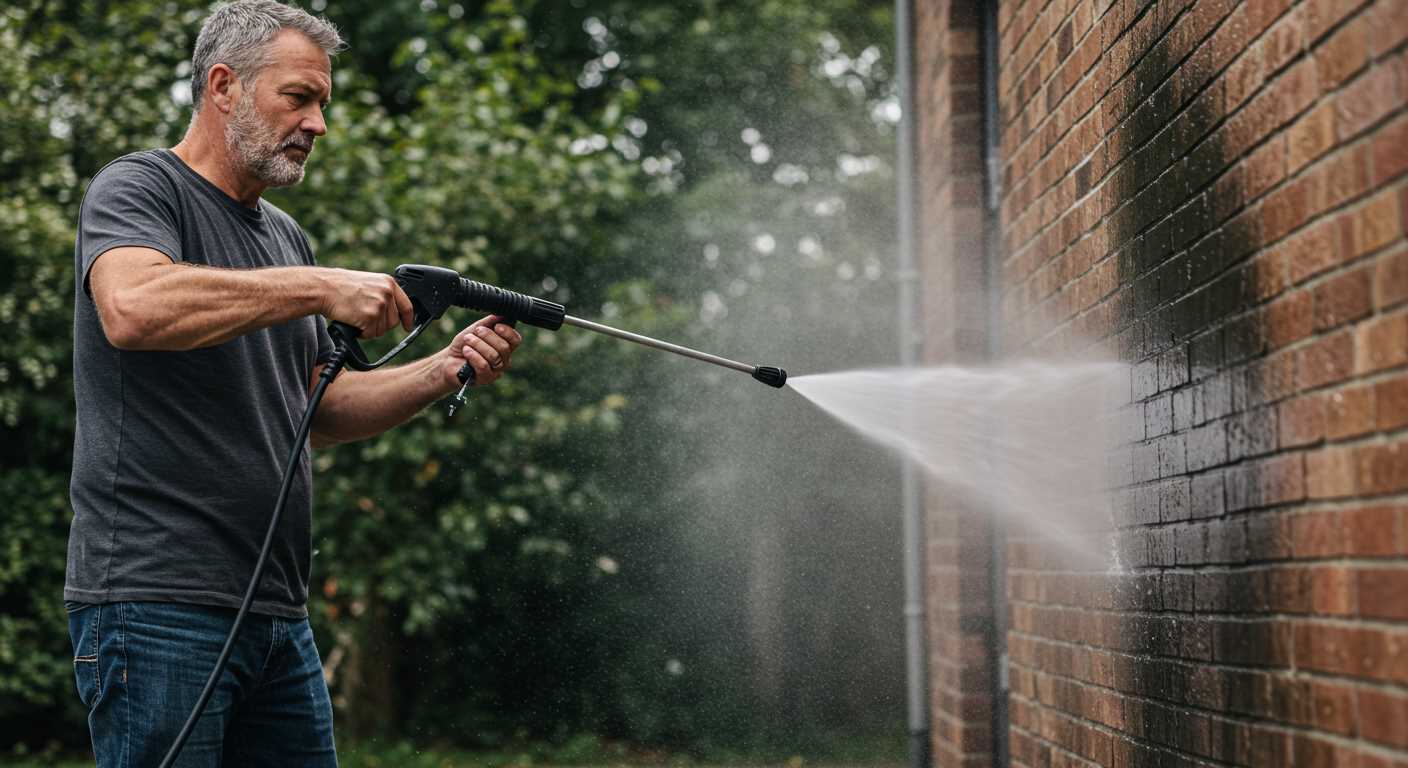
When selecting a suitable water conduit, understanding the pressure ratings is paramount. Generally, a 1/4-inch diameter line can handle up to 3000 PSI, while a 3/8-inch variant is capable of withstanding pressures of 4000 PSI or more. For those using heavy-duty models, opting for a thicker conduit ensures safety and optimal performance.
Evaluating Pressure Compatibility
During my years in the cleaning equipment sector, I often encountered users who underestimated the significance of matching their conduit to the machine’s specifications. A mismatch can lead to ruptures or inefficiencies. Always refer to your equipment’s manual for the recommended PSI ratings pertinent to your chosen size. This can save you from unnecessary damage and costly repairs down the line.
Practical Experience
On one occasion, I tested a standard 3000 PSI unit with a thinner line, only to witness a dramatic drop in performance. The water flow was erratic, and the cleaning results were subpar. Switching to a thicker option instantly improved the situation, showcasing how critical the right match can be. Investing time in understanding these ratings pays off in the long run.
Maintenance Tips for Pressure Washer Hoses
Regular care of your cleaning equipment’s tubing can significantly enhance its lifespan and performance. Here’s what I’ve learned over the years about keeping these components in top shape.
Routine Inspection
- Check for cracks, abrasions, or bulges before each use.
- Inspect connectors and fittings for leaks or wear.
- Ensure the ends are clean and free from debris.
Proper Storage
- Store coils in a cool, dry place away from direct sunlight.
- Avoid kinks by winding the lengths loosely and evenly.
- Keep it off the ground to prevent damage from moisture or dirt.
During my time in the industry, I found that a simple practice like coiling correctly can prevent a multitude of issues. Kinks often lead to weak spots that can rupture under pressure. When you finish using your equipment, take a few moments to roll it up properly.
Cleaning and Maintenance
- Flush with clean water after each use to remove detergent residues.
- Use mild soap and water for cleaning the exterior.
- Consider a dedicated hose cleaner for tough stains.
I recall a situation where neglecting to clean the tubing led to a significant decrease in water flow. The build-up of grime can restrict performance, so a quick rinse can save you from future headaches.
Replacement Guidelines
- Replace if you notice any severe damage or persistent leaks.
- Follow manufacturer guidelines for replacement intervals.
- Keep spare connectors and fittings on hand to avoid downtime.
In one instance, I had a crucial job lined up, and a worn-out fitting caused delays. Keeping a spare set can save you from unexpected hiccups.
By following these simple yet effective practices, you can ensure that your cleaning apparatus remains reliable and efficient, reflecting the care you put into its upkeep.
Signs You Should Replace Your Pressure Cleaning Pipe
Visible cracks or bulges are immediate indicators that it’s time to replace your cleaning pipe. During my years in this industry, I’ve seen hoses fail catastrophically due to undetected damage. A simple inspection can save you from a sudden burst while in use.
Loss of Water Pressure
If you notice a significant drop in water flow while operating your equipment, it may indicate an internal blockage or damage. In my experience, a well-maintained pipe should deliver consistent pressure. If cleaning doesn’t improve performance, it’s wise to consider a replacement.
Age and Wear
Even without visible damage, age can take a toll. A pipe that’s several years old might start to degrade internally. I’ve encountered hoses that looked fine on the outside but had serious issues inside. Regularly assess the condition, and don’t hesitate to replace older equipment.
Additionally, if you detect leaks at the connections, it’s a sign that the fittings may be worn out or that the pipe itself has reached the end of its lifespan. These can lead to reduced efficiency and increased water usage, which isn’t ideal.
Lastly, if you’re experiencing frequent kinks or twists during use, it can affect your workflow and lead to premature wear. Investing in a new pipe can improve both performance and usability.
Recommendations for Hose Thickness by Application
For light-duty tasks like cleaning patios or garden furniture, a 1/4-inch diameter tube suffices. This size offers great manoeuvrability and is compatible with most entry-level machines. When tackling medium-duty jobs, such as washing cars or driveways, consider upgrading to a 5/16-inch option. This provides better flow and pressure retention, ensuring efficient cleaning.
Heavy-Duty Requirements
For heavy-duty applications, especially with units operating at high pressure, such as those rated at 180 bar, a 3/8-inch diameter is recommended. This thicker option optimises water flow, allowing for faster and more effective cleaning of large surfaces or stubborn stains.
Specialised Tasks
When using specific attachments like surface cleaners or foam cannons, check the manufacturer’s guidelines. Many of these accessories perform best with a 1/4-inch or 5/16-inch diameter. Always prioritise compatibility to avoid pressure loss or damage to your equipment.
FAQ:
What thickness of hose is recommended for a pressure washer?
The recommended thickness for a pressure washer hose typically ranges from 1/4 inch to 3/8 inch. A 1/4 inch hose is generally suitable for lighter tasks such as washing cars or garden furniture, while a 3/8 inch hose is better for heavier tasks like cleaning driveways or decks, as it can handle higher pressure and flow rates.
Does the hose thickness affect the pressure and flow rate of the pressure washer?
Yes, the thickness of the hose significantly impacts both the pressure and flow rate. Thicker hoses can maintain higher pressure and deliver more water, which is beneficial for tougher cleaning jobs. Conversely, a thinner hose may restrict flow, leading to lower pressure and reduced cleaning efficiency.
Can I use a garden hose with my pressure washer?
While you can use a garden hose with some pressure washers, it is not recommended for optimal performance. Regular garden hoses are usually thinner and may not handle the high pressure generated by the washer effectively. It’s best to use a hose specifically designed for pressure washers to ensure safety and efficiency.
What factors should I consider when choosing the thickness of my pressure washer hose?
Several factors should be considered, including the type of tasks you plan to perform, the pressure rating of your washer, and the distance from the water source. For light cleaning tasks, a 1/4 inch hose is often sufficient, but for more demanding jobs and longer distances, a 3/8 inch hose is advisable to prevent pressure loss and ensure a steady flow of water.
Are there any disadvantages to using a thicker pressure washer hose?
Yes, while thicker hoses offer benefits like improved pressure and flow, they can also be heavier and less flexible, making them harder to manoeuvre. Additionally, thicker hoses may require more storage space and could be more expensive. It’s important to find a balance between thickness, flexibility, and your specific cleaning needs.
What thickness of hose is recommended for a pressure washer?
The recommended thickness of a hose for a pressure washer typically ranges from 1/4 inch to 3/8 inch in diameter. A 1/4 inch hose is generally sufficient for light-duty tasks, while a 3/8 inch hose is better suited for heavy-duty applications due to its ability to handle higher pressure and flow rates. Choosing the right thickness is important as it affects the performance of the pressure washer and ensures optimal water flow.

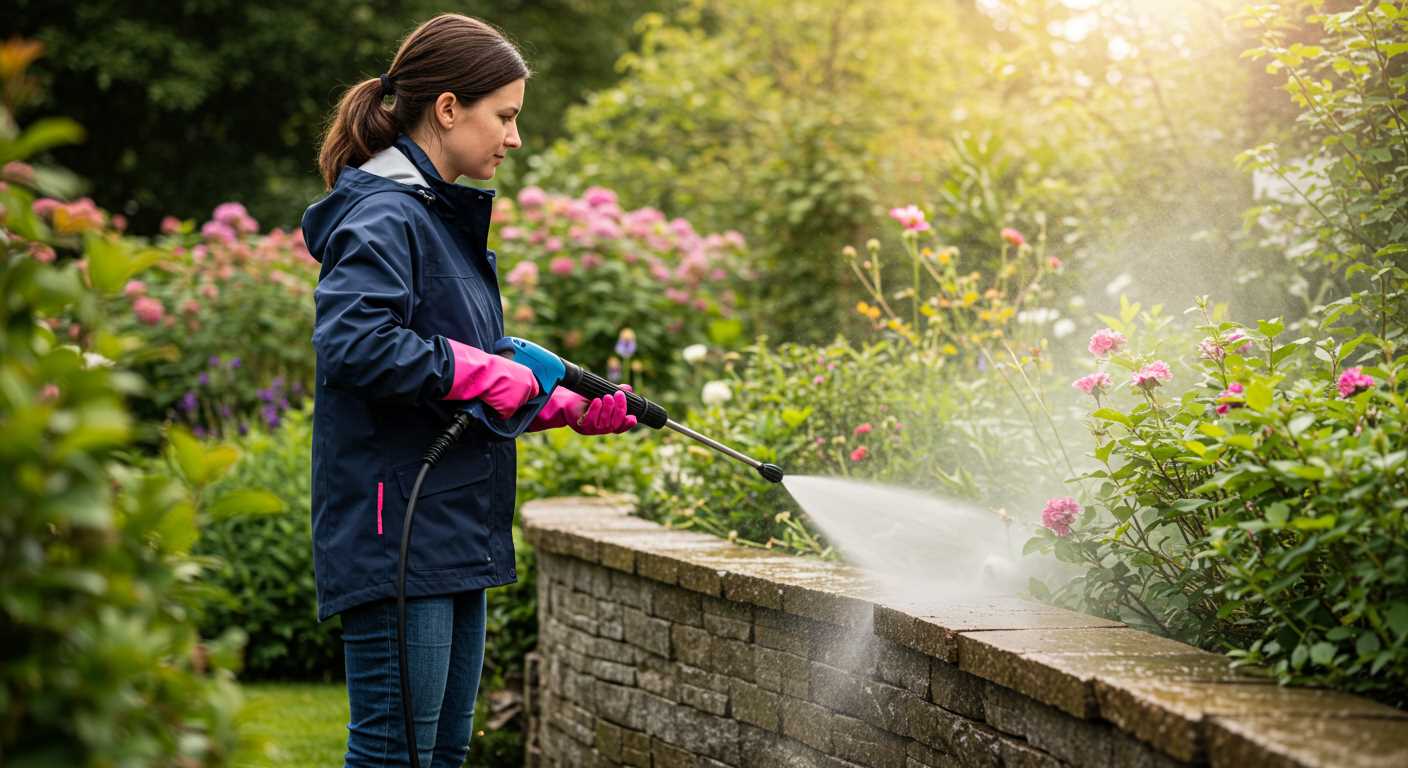


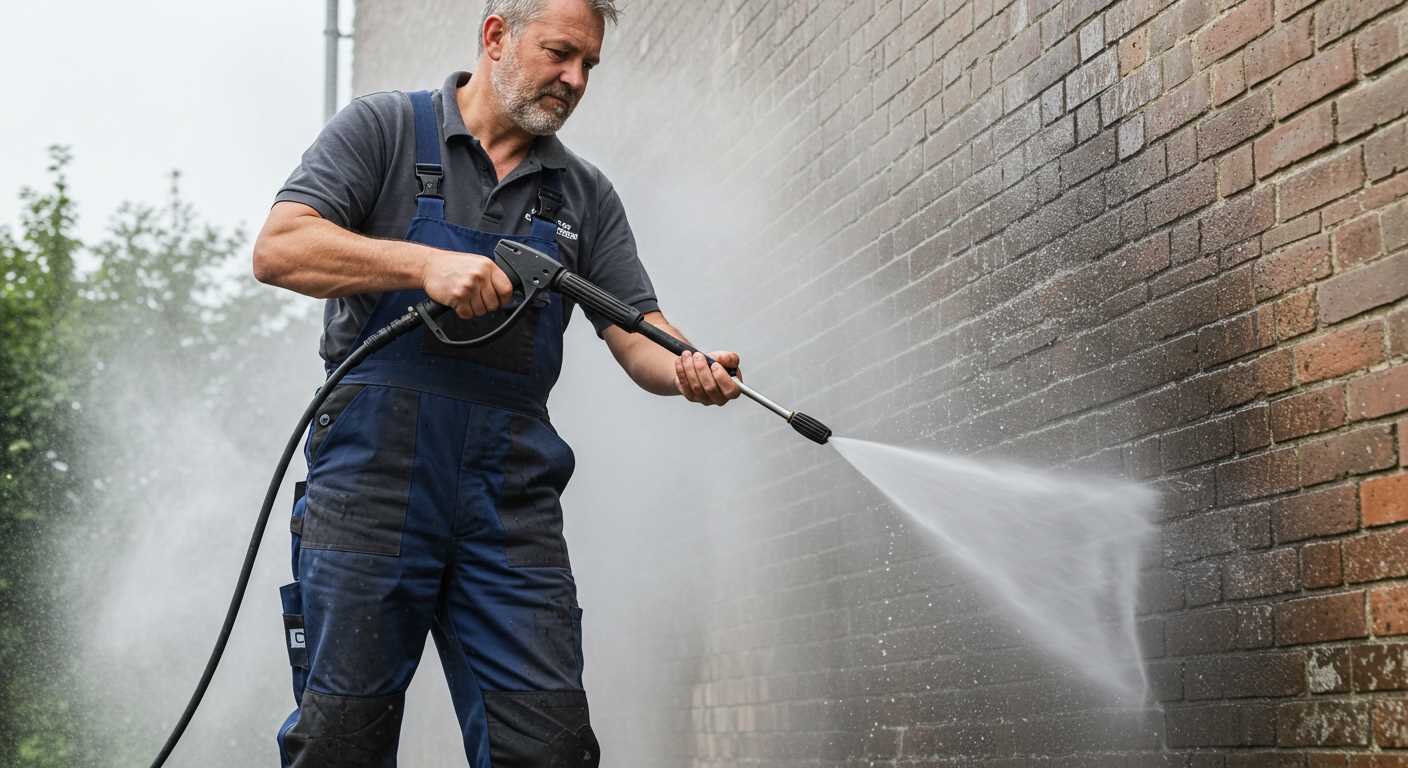
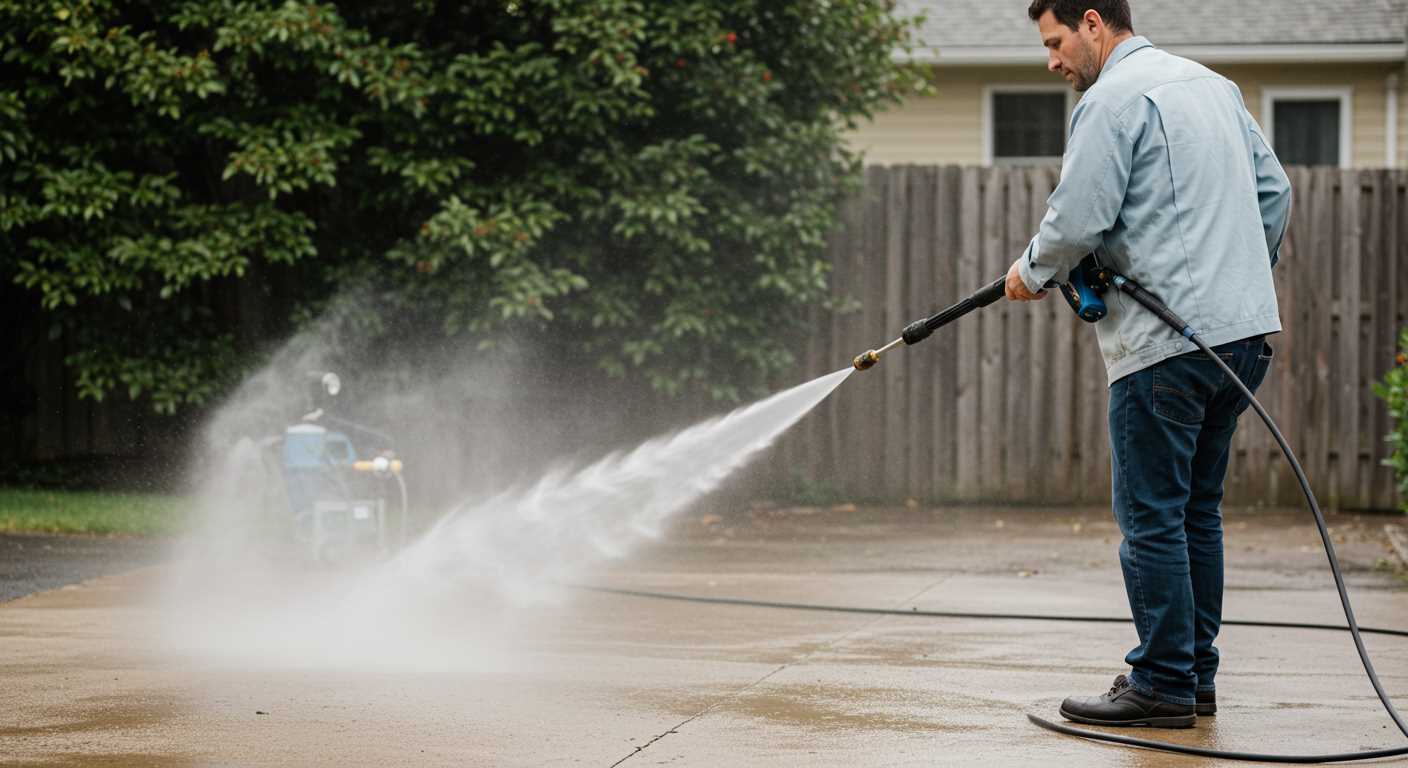
.jpg)


